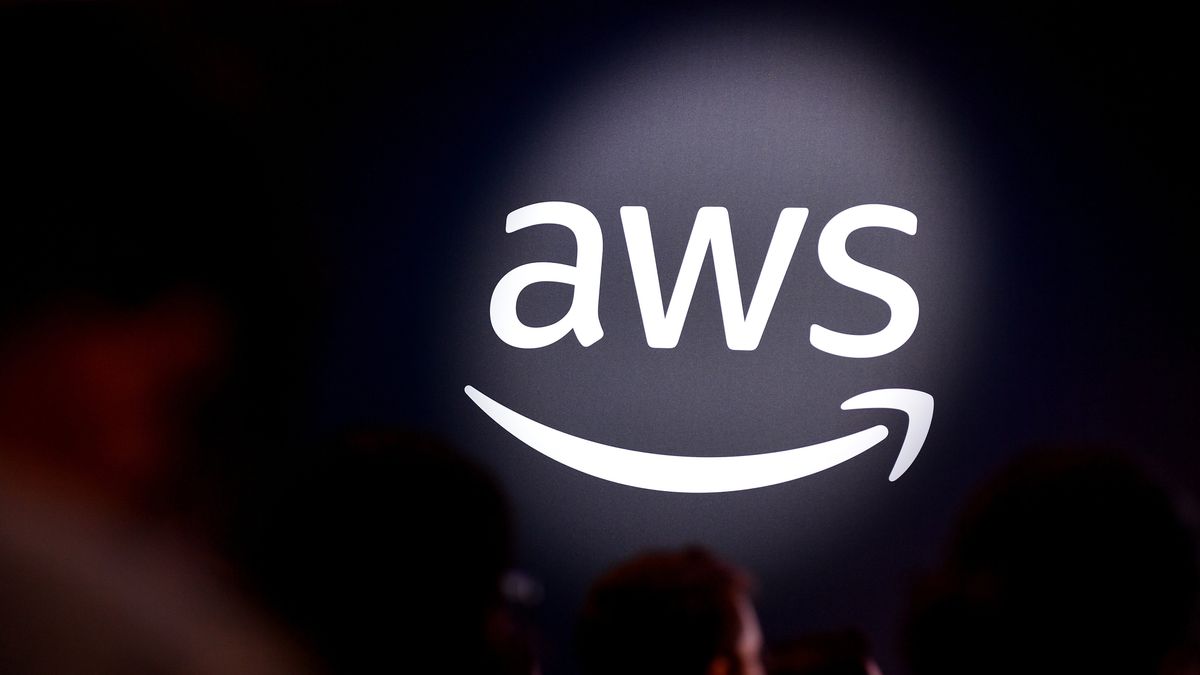For the last four years, Steve Tuck and Bryan Cantrill have toiled in relative stealth mode with their startup Oxide Computer in a bid to remake hardware for the cloud computing era. On Oct. 26, Oxide emerged from stealth with a $44 million series A round of funding and an impressive new approach for cloud computing hardware that can run on-premises.
Oxide co-founders Tuck and Cantrill are no strangers to the worlds of hardware and cloud, having previously held leadership roles at Sun Microsystems, Dell, and Joyent. The Oxide cloud computer is designed to bring the experience of cloud computing to enterprises that need to run their infrastructure on-premises.
The Oxide cloud computer takes a hardware-software co-designed approach.
“If we were to build a modern computer that is going to leverage some of the direction of the large cloud hyperscalers from a hardware innovation perspective, what would that look like?” Cantrill, who is chief technology officer at Oxide, asked ITPro Today. “That turned out to look like a full four years of hardware and software co-design.”
Under the Hood of the Oxide Cloud Computer
The basic promise of the cloud is that of elastic service capacity, where a system can scale up and down to meet changing requirements. In the public cloud, the hyperscale providers — such as Amazon, Microsoft, and Google — handle the hardware and software for scaling, often with purpose-built, customized hardware that isn’t normally easily accessible to an average enterprise.
There are many different ways to run cloud services on-premises, including the Kubernetes container orchestration system and with services from the big cloud providers. However, Cantrill argued that none of those approaches provides enterprises with the customized hardware that is needed to deal with the elasticity demands of the cloud.
“We also believe that true cloud infrastructure needs to be available to businesses everywhere, not just in a rental-only model,” Cantrill said.
The result is a rack-scale system measuring over 9 feet tall and weighing 3,000 pounds. At the heart of the system is a “cabled backplane” that eliminates messy cabling between components. Tuck, who is CEO of Oxide, said the hardware design for the Oxide cloud computer allows for much better efficiency and utilization.

Oxide cloud computer
“Fans themselves can take up to 20% of energy in traditional racks,” Tuck said. “In this system, it’s under 2%.”
Kubernetes Is Great, but There Is More to Cloud Computing
A common way that organizations attempt to run cloud on-premises is by using Kubernetes, which Cantrill said is “great” but isn’t enough.
“Kubernetes is not itself a cloud, it’s not designed around multitenancy,” Cantrill said. “There’s a really big layer beneath it, and that is the layer that that we’re endeavoring to solve.”
Oxide has developed its own control plane and a virtualization hypervisor called Helios, alongside what Cantrill referred to as low-level platform enablement software. All the software along with the hardware enables the Oxide stack. On top of Oxide, organizations can choose to run Kubernetes or other commonly used cloud software tools, including Terraform, to help deploy and configure workloads.
“We are going to make it a very easy path for anyone who wants to run Kubernetes on Oxide,” Tuck said. “The keys are having that multitenant services layer that allows users to get really high utilization of the underlying infrastructure resources and have complete visibility up and down the stack so that they can understand and optimize around performance and availability.”
About the author
 Sean Michael Kerner is an IT consultant, technology enthusiast and tinkerer. He consults to industry and media organizations on technology issues.
Sean Michael Kerner is an IT consultant, technology enthusiast and tinkerer. He consults to industry and media organizations on technology issues.











